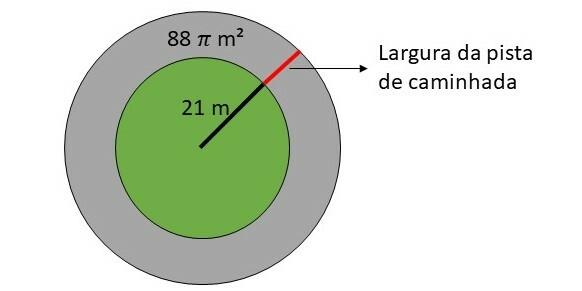THE algebraic fraction has at least one unknown (unknown number represented by a letter) in the denominator. This unknown is what differentiates them from monomials, that are algebraic expressions who have a multiplication from known numbers to unknown numbers. Thus, algebraic fractions are representations of multiplication and division operations between numbers and unknowns and, therefore, obey the same properties and rules of operations between numbers real.
Algebraic fraction multiplication
At algebraic fractions they are multiplied just like numeric fractions. The two differences are:
In the algebraic fractions, it is not necessary multiply the unknowns, just rewrite them together, keeping, of course, the potency properties;
It is necessary to use the potency properties and polynomial factorization to solve some problems.
For example:
4x3y4·18x2k2y2
9kh 2x4y5
multiply the fractions above gives the following result:
4x3y418x2k2y2
9kh2x4y5
By rearranging the factors, we can find:
18·4x2x3y4y2k2
2·9x4y5kh
Now just do the multiplications numerical values and use the properties of the powers to simplify the result. The first property is that of multiplication: in the product of powers of the same base, the base is preserved and the exponents are added.
Do not stop now... There's more after the advertising ;)
72x2+3y4+2k2
18x4y5kh
72x5y6k2
18x4y5kh
We can simplify the algebraic fraction with the property of power division. In the division of powers of the same base, the base is conserved and the exponents are subtracted. If it is possible to simplify the numerical fraction, simplify it.
72x5y6k2
18x4y5kh
4x5-4y6-5k2-1
H
4x1y1k1
H
This is the final result of the multiplication between the algebraic fractions from the example. It is possible to omit exponent 1, making the result:
4xyk
H
A multiplication of algebraic fraction can give rise to several cases of simplification. These cases can be obtained on here. To facilitate this simplification, it is important that the student knows the notable products of polynomials and the multiplication properties.
By Luiz Paulo Moreira
Graduated in Mathematics
Would you like to reference this text in a school or academic work? Look:
SILVA, Luiz Paulo Moreira. "Algebraic fraction multiplication"; Brazil School. Available in: https://brasilescola.uol.com.br/matematica/multiplicacao-fracao-algebrica.htm. Accessed on June 28, 2021.
Learn the definition of polynomial equation, define a polynomial function, the numerical value of a polynomial, the root or zero of the polynomial, Degree of a polynomial.


